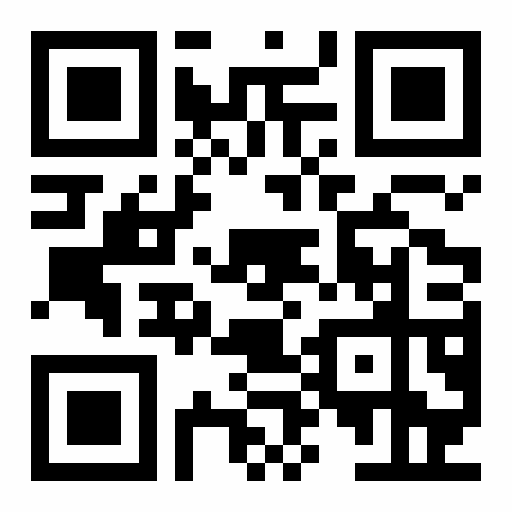




The purpose of this research was to estimate the hepatoprotective efficacy of clay nanoparticles in improving the effects of anticancer drugs such as doxorubicin (DOX). One hundred male adult mice were randomly divided into five groups. Group 1 (control) was injected with double distilled water, Group 2 (EAC group) received intraperitoneal (IP) injection of 0.15 ml Ehrlich cells (2×106), in Group 3 (EAC+DOX group) EAC-bearing mice were treated with 0.07 ml of doxorubicin at a dose of 10 mg/kg bw. Doxorubicin was administered IP in six equal doses of injections to animals for 2 weeks for an accumulative dose of 10 mg/kg bw. Group 4 (EAC+DOX+MMT group) got i.p. infusion of 0.07 ml doxorubicin (10mg/kg) stacked on Montmorillonite nanoparticles (30 mg/kg) 3 times per week for about fourteen days. Group 5 (EAC+DOX+OCTA+MMT group) was gotten i.p. administration of 0.07 ml doxorubicin (10mg/kg) stacked on Octadecylamine (OCTA) with Montmorillonite nanoparticles (30 mg/kg) 3 times each week for about fourteen days. Blood samples were obtained at the end of the study and the serum was separated to measure liver function. The liver was removed and histologically analyzed. The serum levels of gamma-glutamyl transferase (GGT), alkaline phosphatase (ALP), alanine aminotransferase (ALT), and aspartate aminotransferase (AST) were elevated, whereas the total protein and albumin were lower than control and other groups in the EAC. After handling of DOX clay NPs, the levels of these parameters were enhanced. In conclusion, nanoclays are influential in curing Ehrlich-induced ascites carcinoma in mice models in the Doxorubicin delivery system. They target DOX release in cancer cells and diminish the side effects of DOX in the liver.